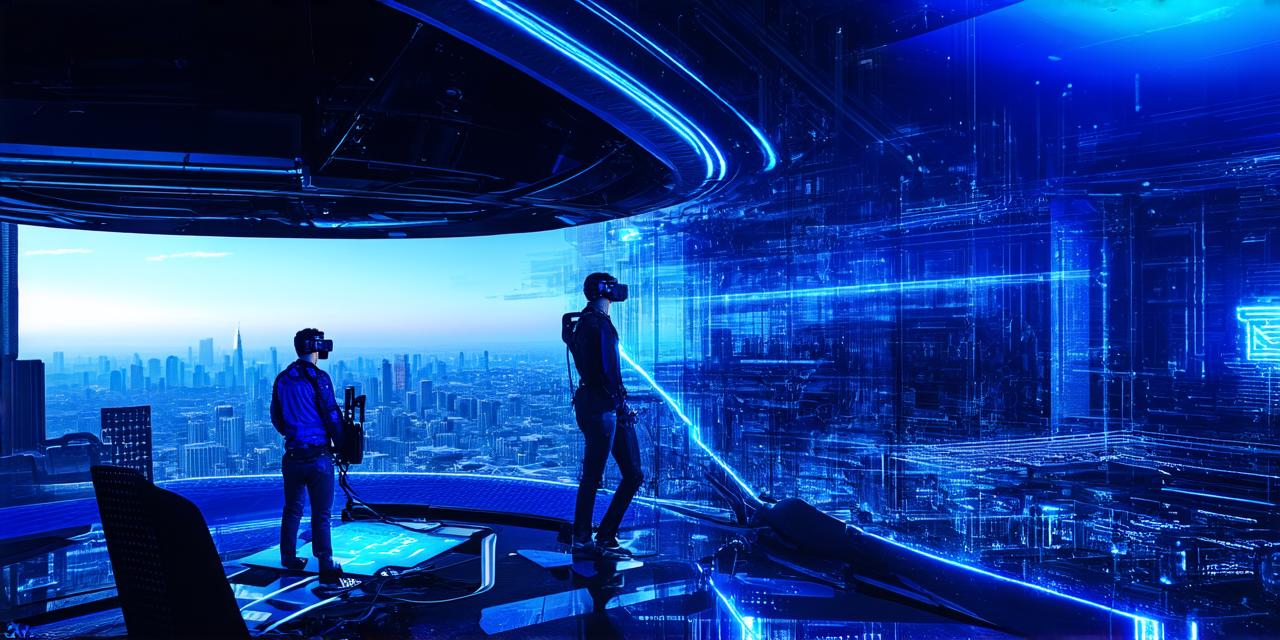Augmented Reality (AR) and Virtual Reality (VR) are two of the most promising technologies in the world of interactive design. These immersive technologies have already transformed several industries, including gaming, architecture, and healthcare. However, designing for AR and VR can be challenging due to their unique characteristics.
AR Design: A Unique Approach
Augmented Reality is a technology that overlays digital content onto the real world. This approach allows designers to create interactive experiences that blend physical and digital elements seamlessly. Here are some key considerations for AR design:
- Contextual Design: AR design requires a deep understanding of the context in which the content will be experienced. Designers must consider factors such as lighting, environment, and user behavior to ensure that the digital content blends seamlessly with the physical world.
- Interaction Design: AR experiences are often interactive, requiring users to interact with the digital content using hand gestures or other input devices. Designers must create intuitive and engaging interaction patterns that enable users to navigate the experience naturally.
- Information Density: AR design requires careful consideration of information density. Since users are often looking at both the physical world and the digital overlay, designers must ensure that the digital content is easily readable and accessible without overwhelming the user.
VR Design: A New Frontier
Virtual Reality is a technology that immerses users in a fully artificial environment. VR design requires a different approach than AR design, as designers must create a completely new world for users to explore. Here are some key considerations for VR design:
- Immersive Environment: VR experiences require a highly immersive environment that transports the user into an alternate reality. Designers must create a believable and engaging environment that feels real and inviting.
- Interaction Design: VR experiences often involve interaction with objects and environments within the virtual world. Designers must create intuitive and engaging interaction patterns that enable users to explore the environment naturally.
- Content Creation: VR content creation requires specialized skills and tools, including 3D modeling, texturing, and animation. Designers must have a deep understanding of these tools and techniques to create compelling and engaging content.
Summary
AR and VR design require a unique set of skills and considerations. While these technologies offer endless possibilities for creating immersive experiences, they also present significant challenges for designers. By considering the key aspects of AR and VR design, designers can create effective and engaging experiences that transport users into new worlds and blur the line between reality and imagination.
